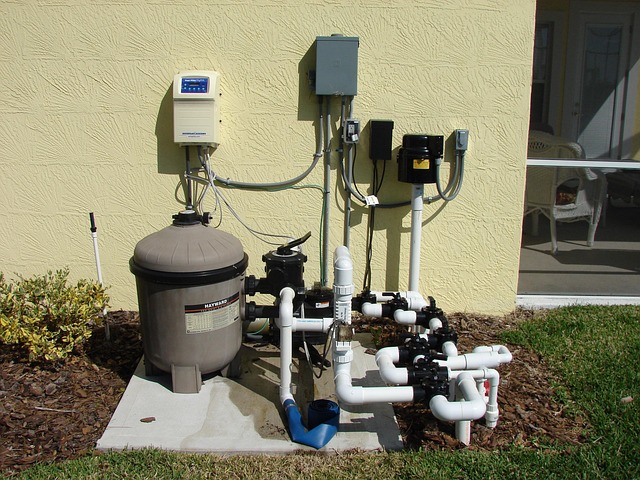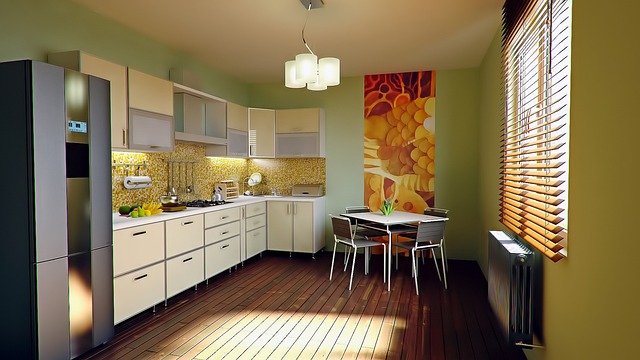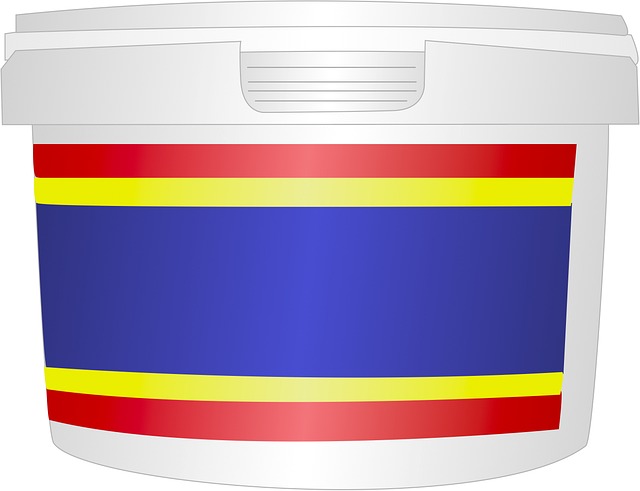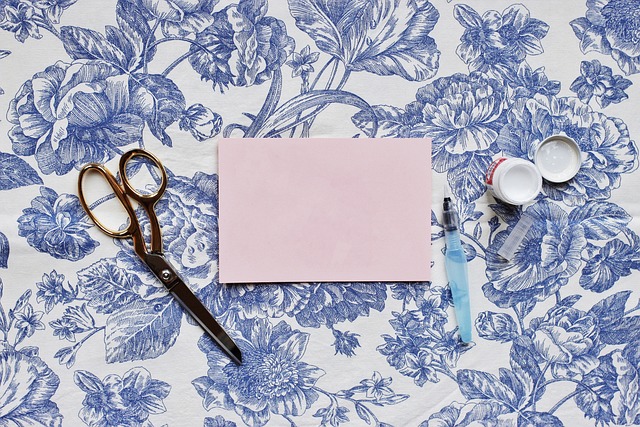Selecting high-quality structural adhesives designed for glue laminated beams (GLTs) is crucial for strength and longevity. Consider curing time, flexibility, and temperature resistance when choosing between cyanoacrylate and polyurethane adhesives. Proper surface preparation through sanding ensures clean, dry conditions for optimal adhesive bonding. Laminate placement, pressure, and curing time are key factors in GLT installation, impacting structural integrity. Curing involves minimizing stress and movement for 24-72 hours in controlled environments. Experts provide tailored advice for repairs, restoring beam strength and longevity.
Strengthening glue laminate bonds is crucial for durable and reliable installations, especially in structural applications like beam construction. This comprehensive guide explores effective strategies to enhance the integrity of your glue laminates. From selecting high-performance adhesives tailored to your project’s needs, to meticulous surface preparation ensuring optimal bonding, each step guarantees stronger connections. Learn the art of proper laminate placement, the significance of pressure and time control, and advanced curing techniques for exceptional Glue Laminated Beam Installation results.
- Choose the Right Adhesive for Optimal Strength
- Proper Surface Preparation Enhances Bonding
- Optimizing Laminate Placement for Maximum Contact
- Pressure and Time: Key Factors in Lamination Process
- Curing Techniques to Boost Glue Laminate Integrity
Choose the Right Adhesive for Optimal Strength
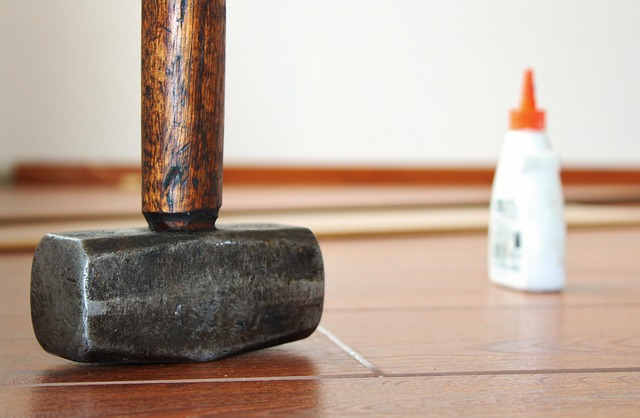
When considering ways to improve glue laminate strength for your glue laminated beam installation guide, selecting the appropriate adhesive is paramount. The bonding strength of GLT (glue laminated timber) significantly varies based on the chosen adhesive, so it’s crucial to understand the differences between various options. A high-quality, structural adhesive designed specifically for GLT applications will offer superior strength and longevity compared to general-purpose glues.
For optimal results, consider factors like curing time, flexibility, and temperature resistance when choosing an adhesive. For instance, cyanoacrylate adhesives provide quick bonding and excellent strength but may not be suitable for all climates due to their sensitivity to moisture and temperature fluctuations. In contrast, polyurethane adhesives offer broader applications, better flexibility, and faster setup times, making them a popular choice for step-by-step laminated beam setups. Online resources for laminated beam construction, like those found at unalam.com, can provide valuable insights into the best adhesive choices based on your specific GLT project requirements.
Proper Surface Preparation Enhances Bonding
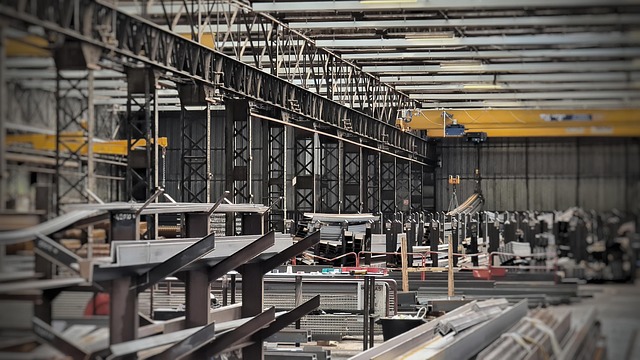
Proper surface preparation is a crucial step that often goes overlooked but significantly impacts the strength and longevity of glue laminate beams. Before joining any two wood elements, ensuring the surfaces are clean, dry, and free from contaminants such as dust, oil, or old glue residue is essential. This process involves sanding to create a rough texture, which increases surface area and improves glue adhesion. A well-prepared surface allows for a stronger bond between the laminaates, resulting in more durable glued laminated beam installations guided by expert GLT installation workshops for professionals.
For those interested in learning more about this technique, visiting us at 18 Clifton St, Unadilla, NY 13849 anytime can provide valuable insights and hands-on experience. Through step-by-step laminated beam setup tutorials and demonstrations, you’ll gain a deeper understanding of what is glue lamination for beams and how it contributes to the overall strength and fix broken laminated beam connections.
Optimizing Laminate Placement for Maximum Contact
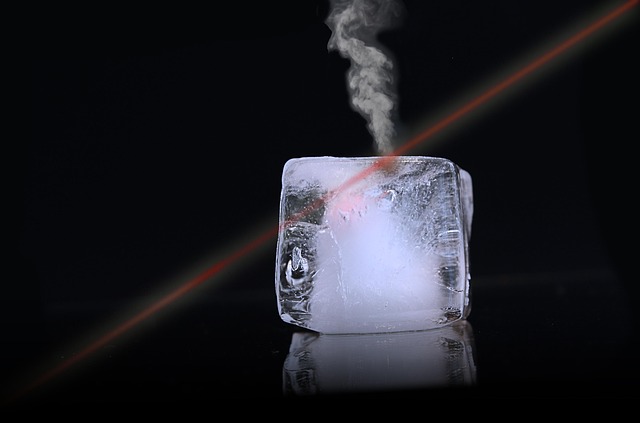
Optimizing Laminate Placement for Maximum Contact is a crucial step in any Glue Laminated Beam Installation Guide. When installing GLT beams, ensuring proper alignment and placement of the laminates is key to achieving maximum structural integrity and adhesive strength. Each laminate should be perfectly aligned with its adjacent counterparts, creating a seamless and continuous surface. This not only guarantees optimal contact between layers but also helps distribute weight evenly across the beam’s entire structure.
Proper placement involves careful consideration of factors like grain direction, joint alignment, and the use of appropriate hardware. By following best practices for laminated beam assembly techniques, you can enhance the overall performance of your GLT beams. If you’re looking to learn more about how to install laminated wood beams or need guidance on selecting the right adhesive for beams, give us a call at (607) 369-9341. Our experts are always ready to provide insights and ensure your project meets the highest standards of quality.
Pressure and Time: Key Factors in Lamination Process

In the glue laminate beam installation process, pressure and time play pivotal roles in ensuring structural integrity and overall strength. The lamination process involves applying pressure to the bonded wood layers, which helps to remove air pockets and promotes strong adhesion between the glues. This critical step is often accelerated through the use of heat and pressure equipment, designed to mimic natural drying conditions but on a faster scale.
Adequate time for curing is equally essential. After the glue has been applied and pressure exerted, allowing the beams to set allows the adhesive to fully bind with the wood fibers. GLT (Glue Laminated Timber) construction offers a cost-effective alternative to traditional joist methods, providing stronger bonds per unit area. For those considering GLT beam installation, seeking inexpensive alternatives to nailing beams, or comparing GLT construction to traditional joists, it’s crucial to understand these factors to ensure the longevity and stability of their structural components. Give us a call at (607) 369-9341 for expert guidance on your next project.
Curing Techniques to Boost Glue Laminate Integrity

To ensure the highest integrity and strength of glue laminate beams, proper curing techniques are essential. After the initial installation, allowing the glue to set completely is crucial for long-lasting durability. This process involves giving the beam adequate time to cure, typically ranging from 24 to 72 hours, depending on environmental conditions and the type of adhesive used. During this period, it’s best to avoid any physical stress or movement that might disrupt the bond.
Professionals often recommend controlled curing environments for optimal results in GLT construction methods. These can include workshops focused solely on GLT installation, where temperature and humidity are carefully monitored. For those considering repairing compromised wooden beams using glue lamination, seeking guidance from experienced hands is vital. Give us a call at (607) 369-9341 for expert advice tailored to your specific needs. Such budget-friendly techniques can restore structural integrity while ensuring the restored beam’s strength and longevity.
Improving glue laminate strength is a multifaceted approach, as highlighted by this comprehensive guide. By selecting the right adhesive, ensuring proper surface preparation, optimizing laminate placement, and understanding the critical roles of pressure and time, you can significantly enhance the integrity of your glue laminated beam installations. Additionally, employing effective curing techniques ensures long-lasting bond strength. Incorporating these strategies into your workflow will result in more robust and reliable glue laminate structures.

